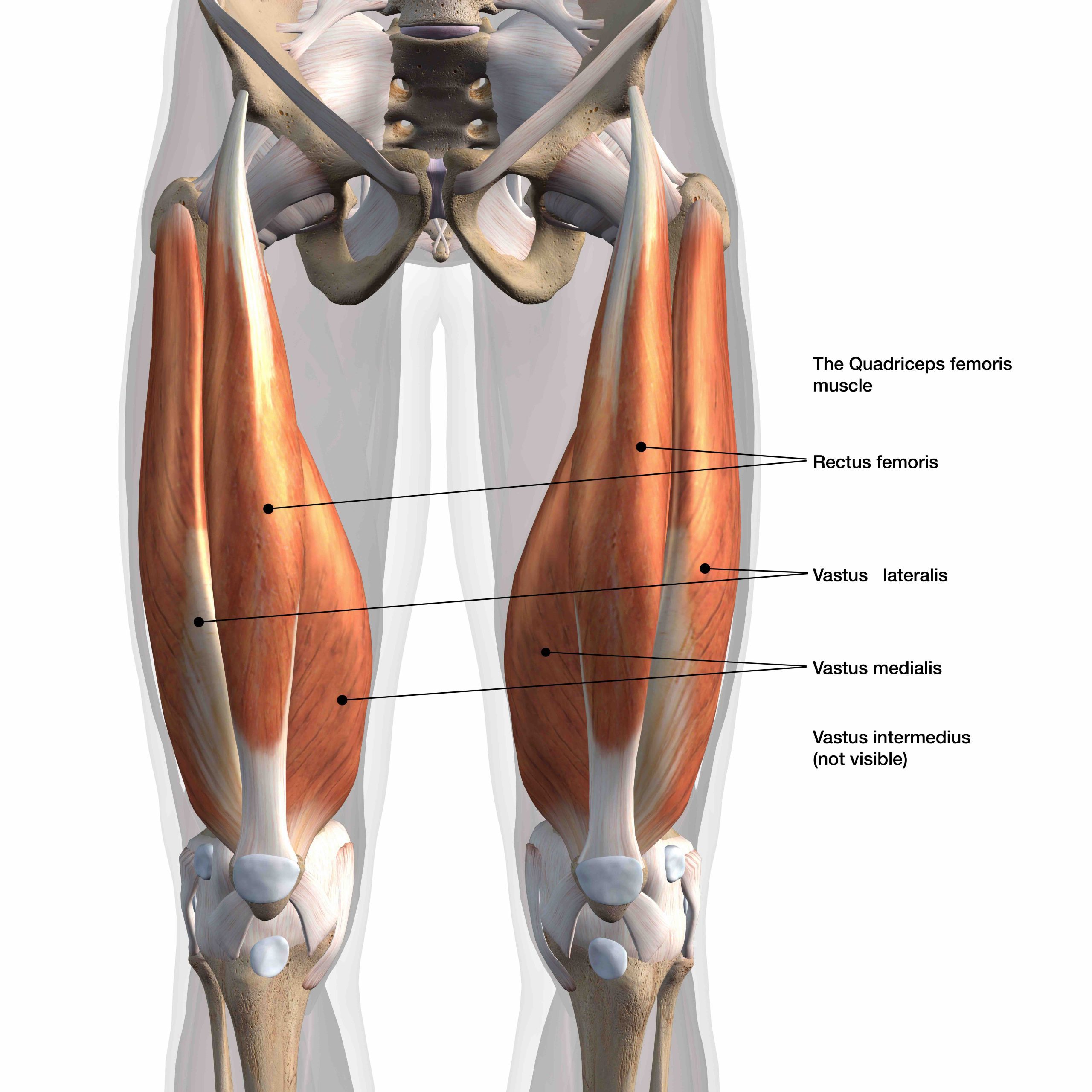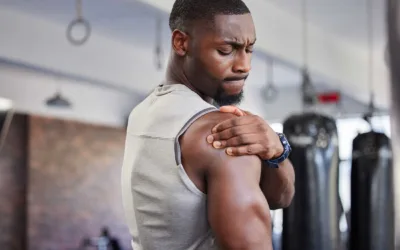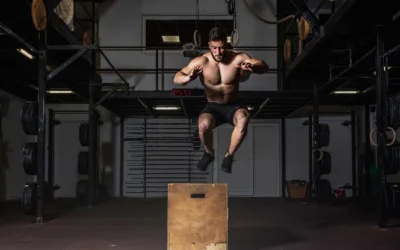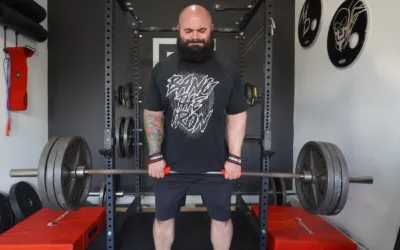Use the Dead Squat to Improve Your Squat Form & Build Maximum Strength

Joseph Lucero, owner of Harvesting Strength, is a powerlifter and strongman coach with years of practical S&C experience in high school, collegiate, and professional settings. In this blog, he’ll walk you through each step of the dead squat and introduce variations and progressions so you can reach new levels and perfect your squat technique.

You Need to Work on Your Squat Form
From my experience as a powerlifting competitor, coach, and judge, I have to say the absolute toughest lift to prepare for is the squat. You unrack the weight and drop your hips to meet the standard of hitting “depth” while having a tremendous load forcing vertical compression down your spine. This can be a recipe for fame OR disaster!
It seems like for every impressive squat video we see on social media, we see another video of someone missing the standard entirely and risking intense injury.
With that being said, it’s important to find ways to improve your squat form. Of course you can (and should!) use corrective movements and hip mobility exercises, but there’s another way to train the squat for massive success. Of all the exercises I could prescribe to an athlete, the one that stands out to me the most is the dead squat. So what the hell is a dead squat?!
The dead squat is an exercise that requires the lifter to rest the barbell on the safety pins before executing the lift. They’re also called Anderson squats or pin squats depending on how you perform the movement.
The dead squat can be done many ways. In this article, I discuss the modifications of this lift based on your training block and expertise as a lifter.
Muscles Used in the Dead Squat

If you aren’t aware of it yet, the gluteus maximus is simultaneously the biggest muscle of the body and the most underdeveloped muscle in most athletes (in my experience). You typically see this muscle trained through various hip thrusting movements, and although the hip thrust has major benefits, it also has a stigma of being a gender-based movement. Essentially, this muscle sometimes gets neglected, and it’s important to make sure to develop the gluteus maximus. The dead squat does just that.
You Work too Hard to Not See Progress
Find Your Perfect Training Plan
Options for Every Goal
Training plans from real coaches covering any goal, fitness level, and number of sessions per week.
The Best Coaches
Get coached by the best. Olympians, ex-NFL stars, Titan Games Winners, Sport Scientists and more.
Starting at $1/ day
With many options including a free 7 day trial, you can try out programming before you commit.
How to Do a Dead Squat
As the weight rests on the pins, your joints are stacked in the same movement pattern for a normal squat. Don’t hold the weight as it rests on the pins. Let it (and your body) come to a complete stop so the load rests on the pins.
To perform the dead squat, you push against the barbell to lift the weight off the pins from a resting position. That’s why it’s called the dead squat — you’re lifting dead weight off the pins!
Once you understand the anatomy and biomechanics of the movement, you can start to attempt some variations and progressions. But first: How low do these damn pins need to be?!
Finding Your Pin Height
The pins need to be (more times than not) either at parallel or 1-2 inches above parallel. Those two positions are the most common areas where people struggle. Your hip “lever” is at the greatest mechanical disadvantage in this position.
If you imagine doing a dead squat a quarter of the way up, this is probably as effective as a rack pull 1-2 inches from lockout — NOT THAT EFFECTIVE AT ALL!
Of course my opinion, but I feel strongly about it. The only reason you should be doing a higher variation of the dead squat is if you’re training for an event that promotes this height of the barbell, such as mimicking the physiology of a yoke lift or walk.
Level Up Your Training
With TrainHeroic’s immersive training app
TrainHeroic does everything you wish your old gym notebook could do.
Take the guesswork out of training with built-in exercise instruction and basic training programs. Compete against yourself and others. Track your performance and readiness. Smash your goals.

Dead Squat Variations & Progressions
Tempo Dead Squat – Learn How to Squat Properly
Let’s say you are not that great at squats and need to learn how to hit depth to promote a more effective movement pattern. The tempo dead squat is perfect for that!
In the tempo dead squat, you squat down to the pins with a slower tempo (3-5 count) to build higher tension in your squat. Once the bar rests on the pins, let your body completely rest, then drive the bar back up with a normal tempo, or even slightly faster than normal.
By controlling the barbell, you learn how to consistently hit depth and improve your rate of force development by coming off the pins faster.
Heavy Dead Squats – Build Maximum Strength
Heavier dead squats will obviously help with maximum strength as you are loading more weight with the disadvantage of a resting bar.
Again, you start by setting the pins parallel or even 1-2 inches higher than your normal squat. Whether the bar is parallel or 1-2 inches depends on your current squatting ability. I would suggest recording your normal squat from a side view and watch the lift unfold. If you come out of the hole fast and abruptly slow down, you should dead squat 1-2 inches above parallel.
If you get stuck at the bottom of your lift but know deep down you can lock out the weight, set the pins to parallel to help you get stronger off the bottom.
Coach’s Tip: What about the idea of “meeting the standard” and hitting true depth below parallel? I chose to NOT set the pins at this height because I want to overload the body at higher settings so the dead squat isn’t so light in weight.
Speed Dead Squats – Forge Explosive Strength
If the name of this article implies improving your maximum strength, why am I focusing on a speed lift? Remember, when attempting max lifts, you aren’t going to attempt a heavy load with a passive approach.
You’re walking up to the barbell with bad intentions if you’re trying to lift the weight with as much power and speed as possible. This is why you see athletes with their sniffing salts and enraged mindsets – they are going all in with the idea of lifting the barbell as fast as they can so they don’t put themselves at a disadvantage due to slower muscular contractions.
It’s important to take lighter loads and learn explosiveness in the same range of motion to help with rates of force development. That’s one of the main differences between good lifters and great lifters – rate of force development and being explosive versus merely being strong.
To practice your speed under the bar, set the pins at or around parallel like you would for a regular dead squat. Instead of focusing on the descent, focus on driving the weight up from the pins and hitting lockout as fast as you can. Don’t let your ego get in the way here, use lighter weights.
Want Training Tips, Exercise Guides & Knowledge Bombs Sent to Your Inbox?
Sign up for the FitNerd newsletter from TrainHeroic
Related articles
Top 6 Exercises for Managing Shoulder Injuries
What to Do for an Injured Shoulder After 6 years of coaching at the highest levels across multiple disciplines, the most common issues I see in my sports therapy clinic have to do with the shoulder. Statistics show us that shoulders are the most commonly injured area...
Ballistic vs. Plyometric: Understanding Dynamic Movements
Have you heard the Russian proverb, “once you stop jumping, you start dying”? A little dramatic and fatalistic maybe, but the basic idea centers around maintaining your body’s capacity to perform explosive plyometrics. As we age, we become more risk-averse — injuries...
Winter Warfare: How to Bulk Up This Season
It’s that time of the year to wreak havoc and prepare for a massive winter bulk! But wait, what is a winter bulk? What does it take, and how do we achieve it? Joseph Lucero (CSCS), owner of Harvesting Strength, is a powerlifter and strongman coach with years of...

Join the community
Sign up for the latest training news and updates from TrainHeroic

About TrainHeroic
Support
Made with love, sweat, protein isolate and hard work in Denver, CO
© 2021 TrainHeroic, Inc. All rights reserved.







